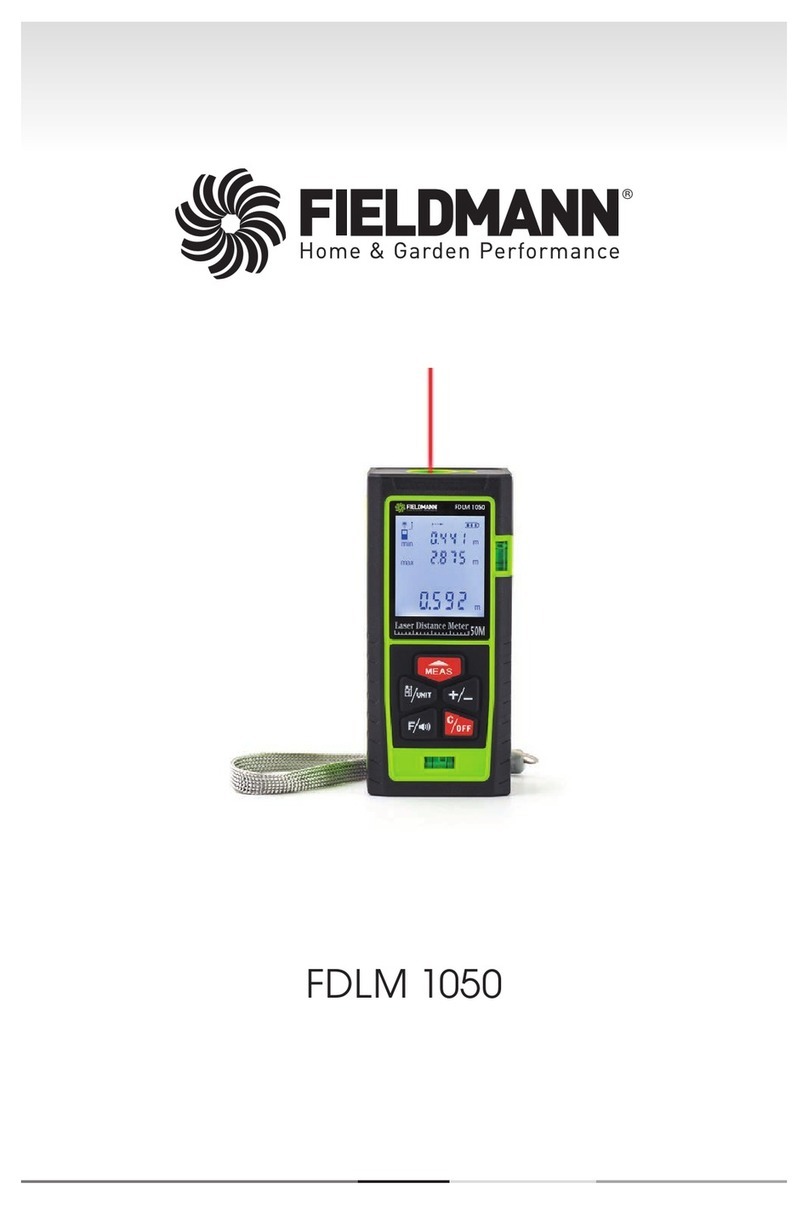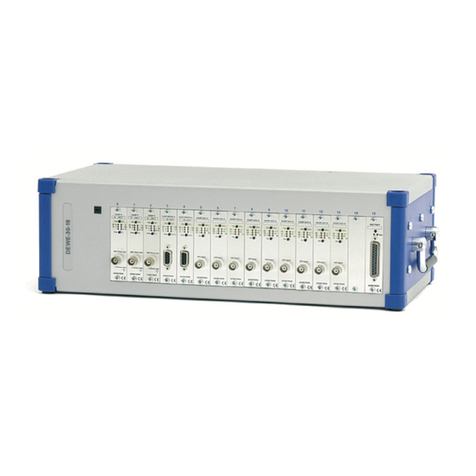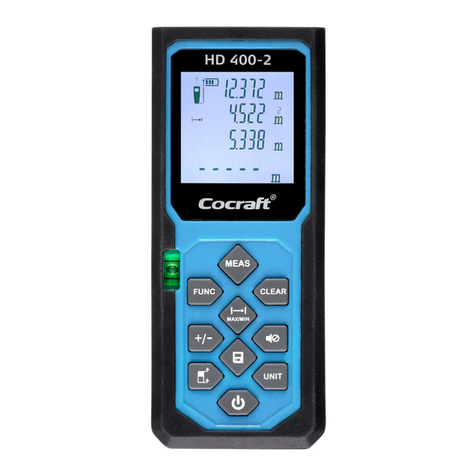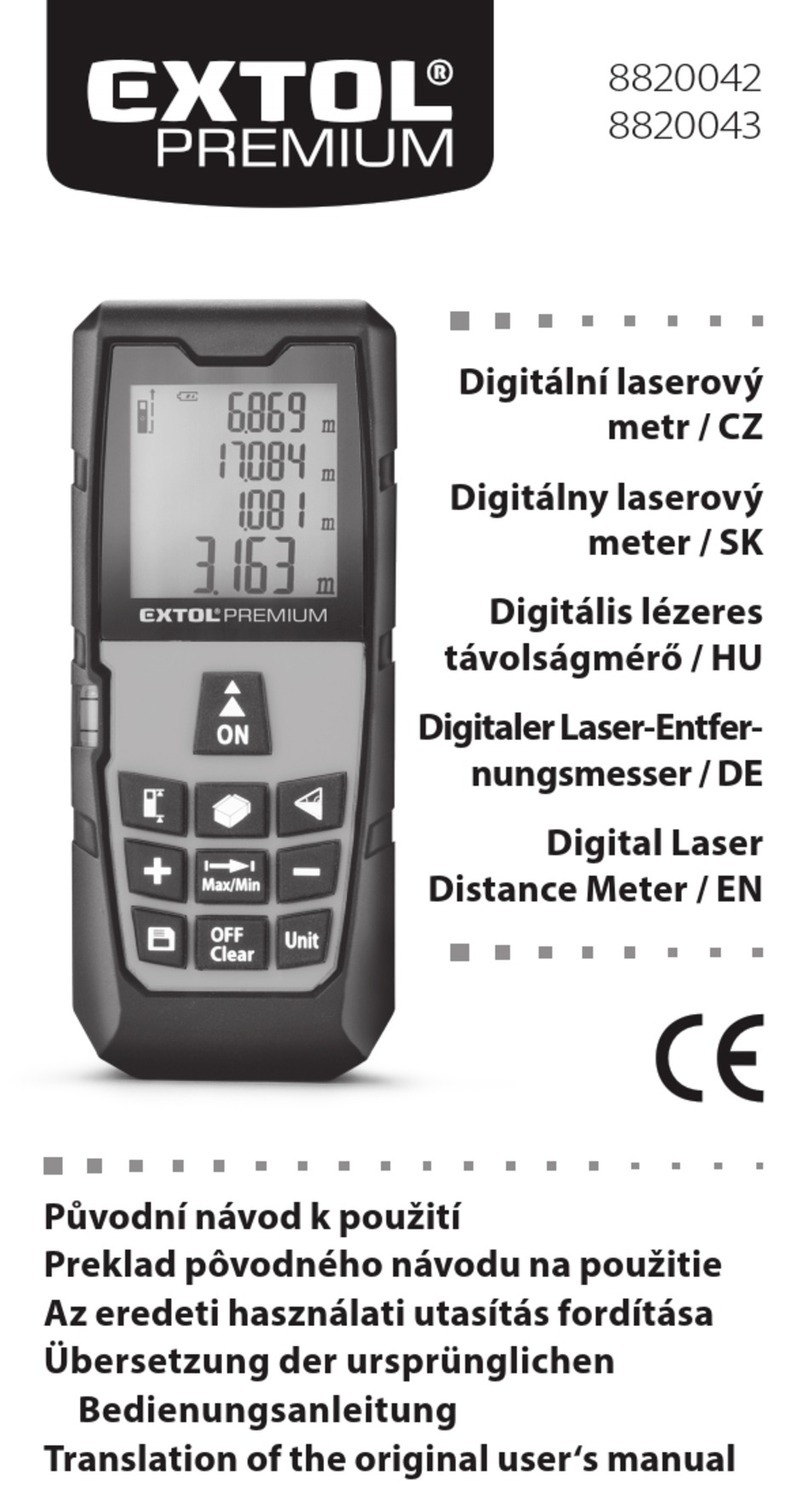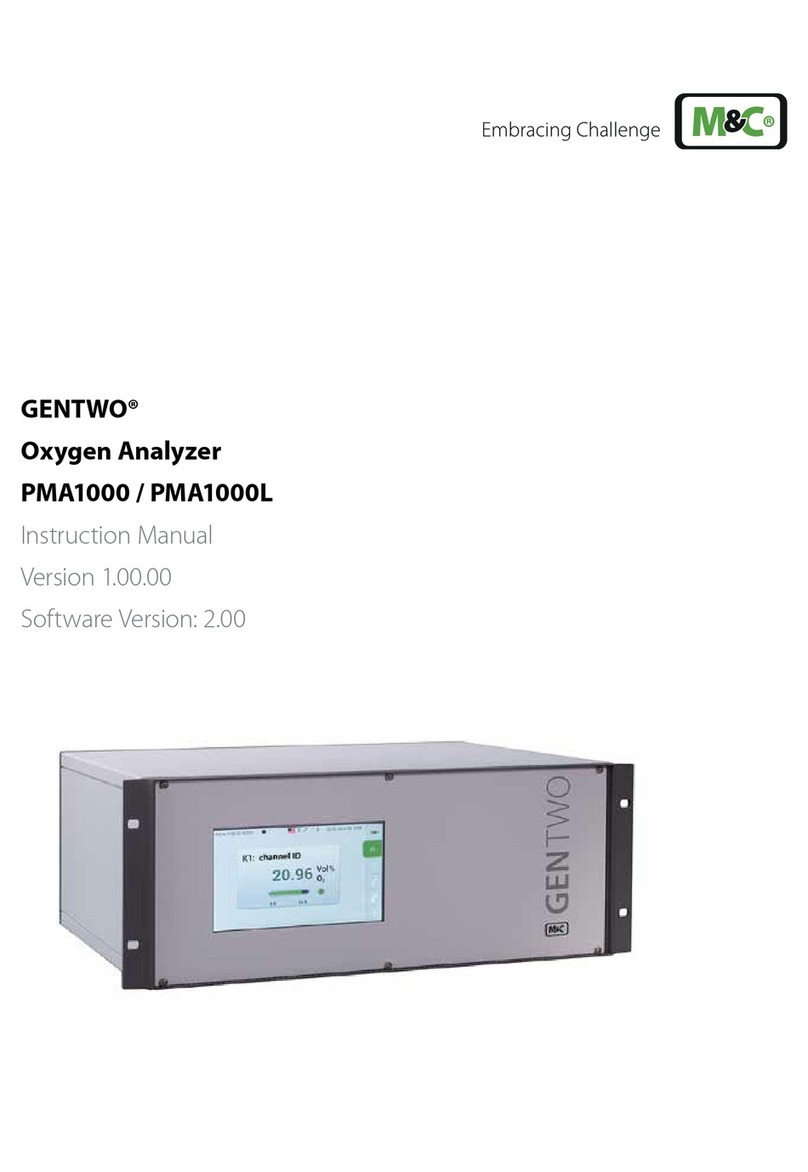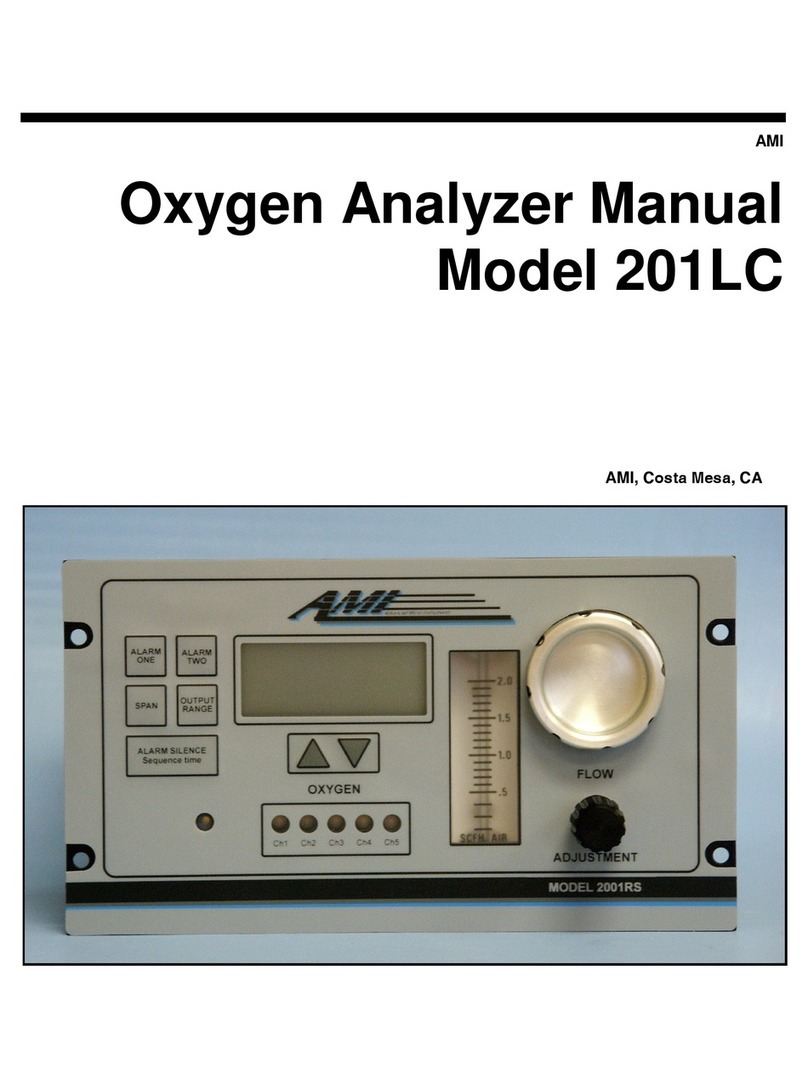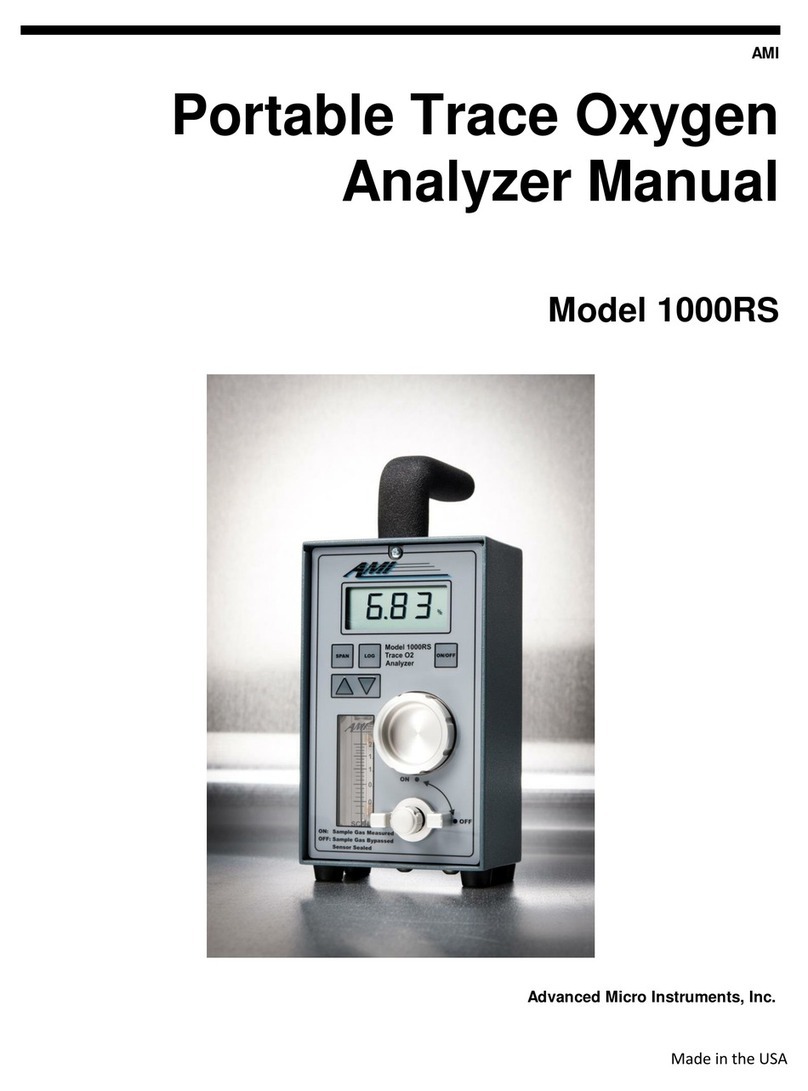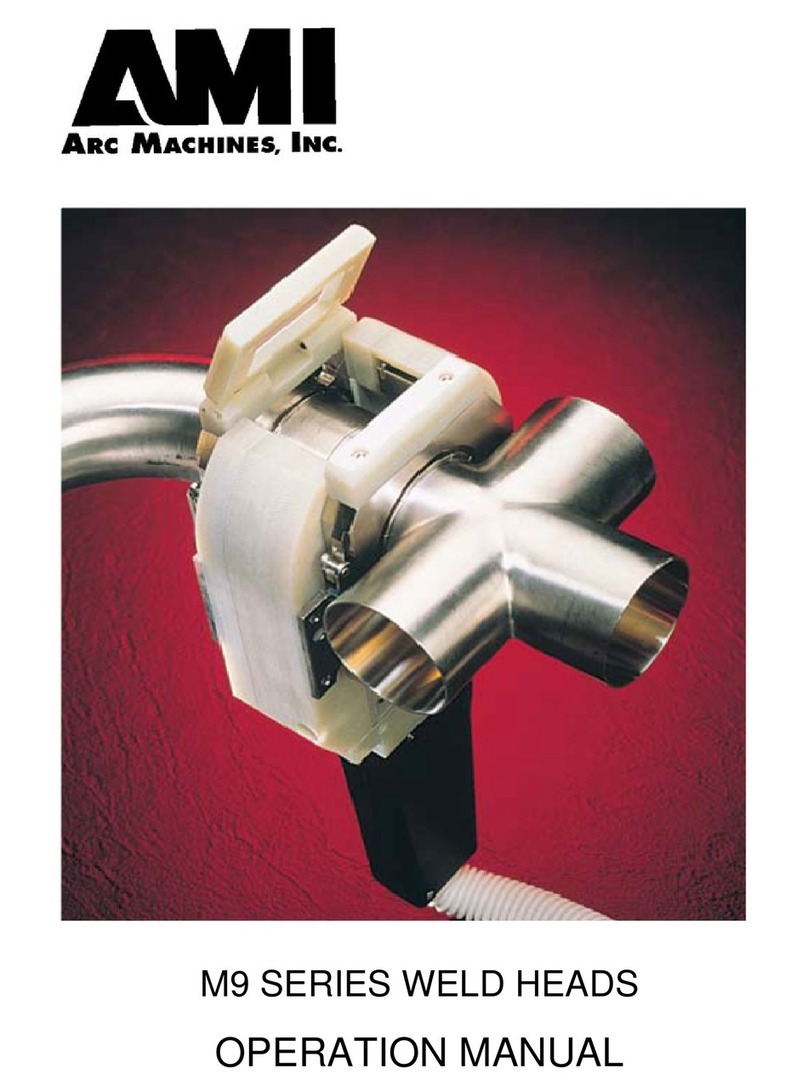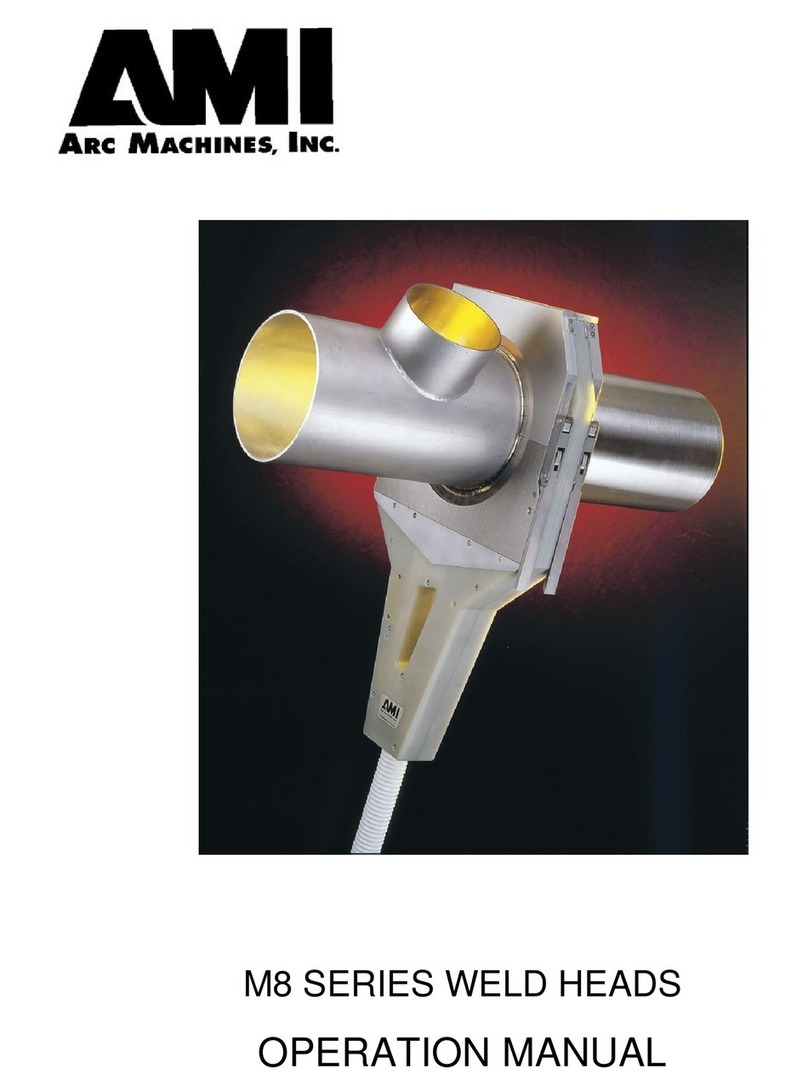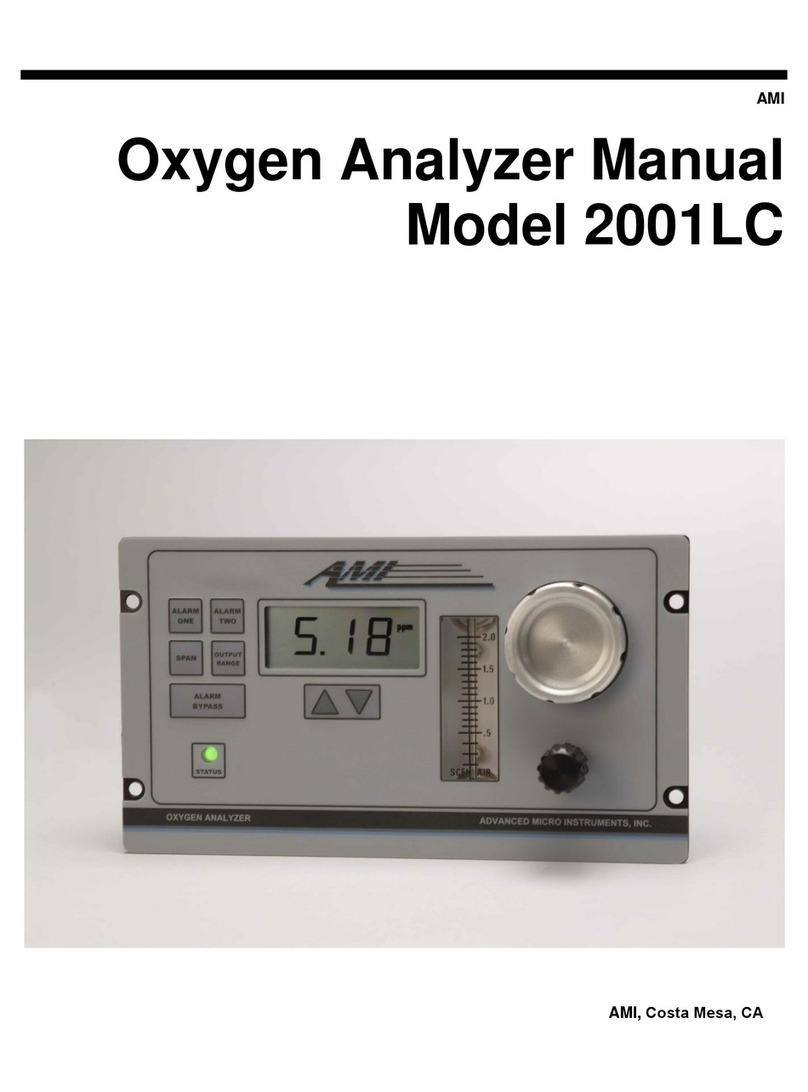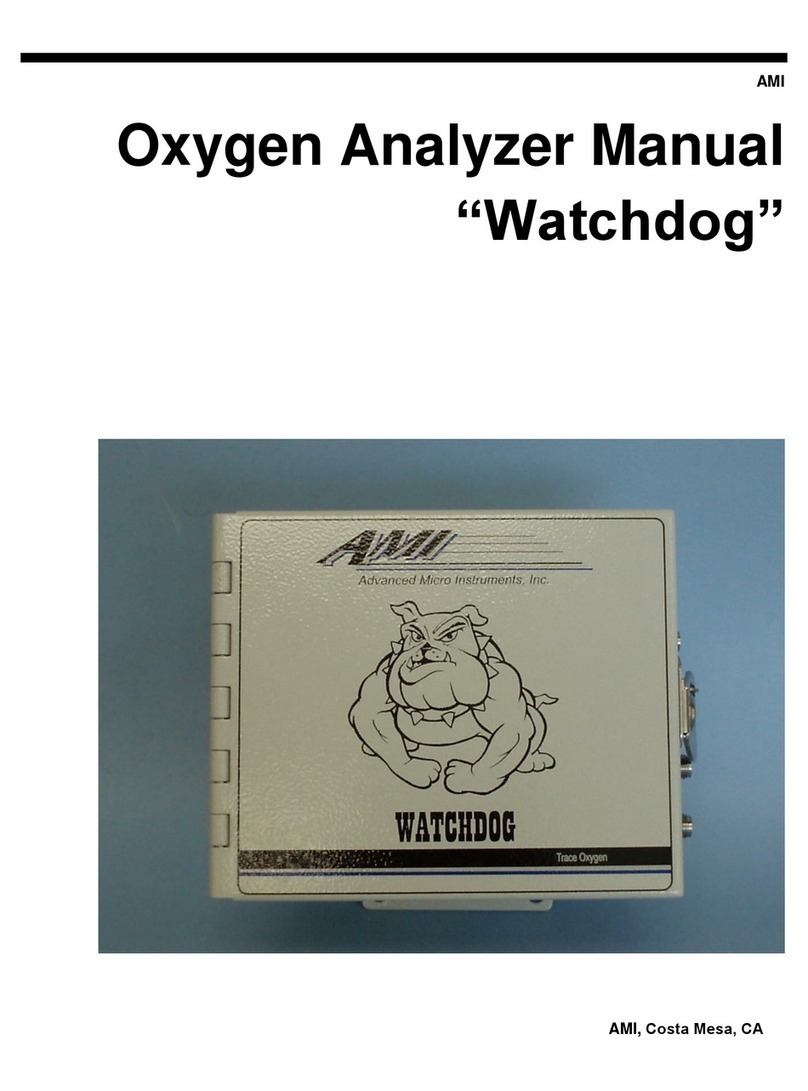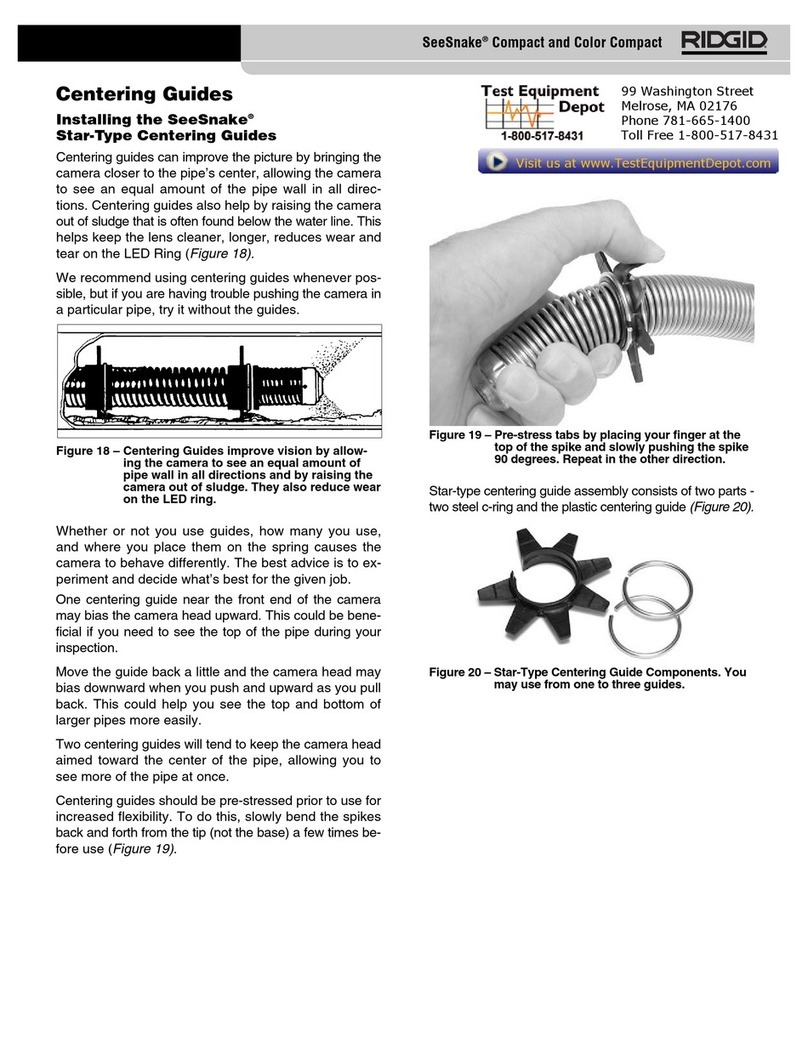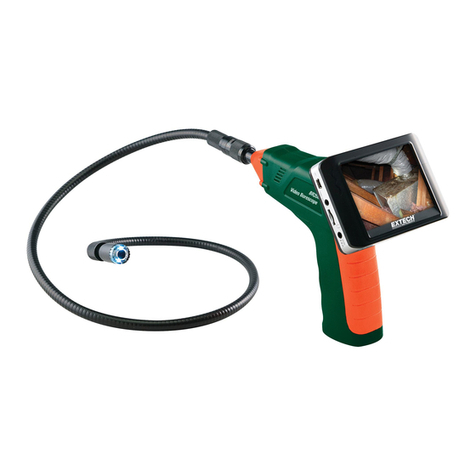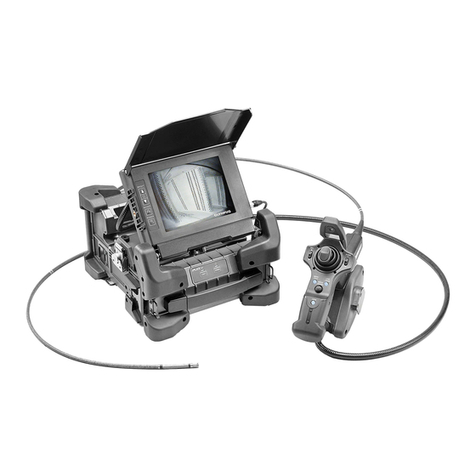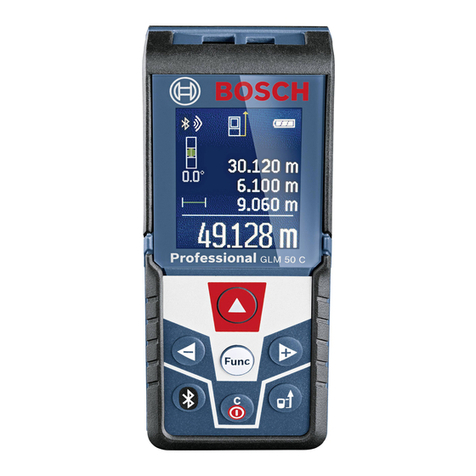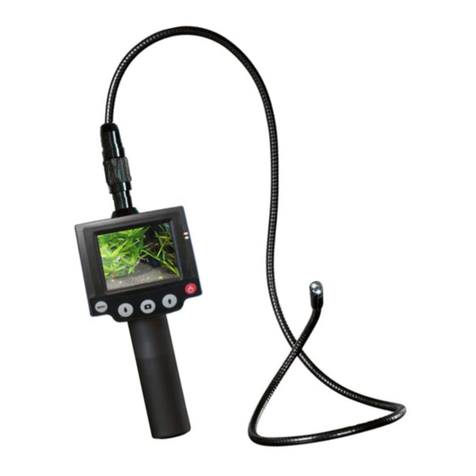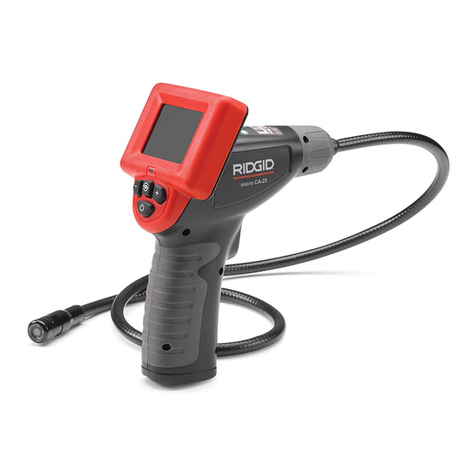
AMI Analyzer Manual Important: 5
Important:
This section contains important information to do with safety and installation. Please don’t skip it!
Points to consider first!
Environment –what is the temperature range going to be where the analyzer will be installed? If the
temperature is going to go below freezing, you either need a heated version, a heated version in an extreme
weather enclosure, or to place it in a temperature controlled shelter. Also, make sure it won’t get too hot in
the summer –you may need to ventilate or even put it in an air conditioned building. Use a solar panel as a
sunshield if one is to be used. The standard (non-heated) temperature specification is 25ºF to 115°F; with a
heater it can go to -20ºF; in the optional extreme weather enclosure it can go to -40°F.
Sample conditions –if your sample is hot and wet, you will need to keep water from condensing in the
sample line or analyzer. The AMI demister brings hot and wet gases back to ambient temperature and
allows the condensation and entrained liquids to fall back into the pipeline (no draining is necessary, unlike a
coalescing filter which requires routine maintenance). The Liquid Rejection Probe stops occasional slugs of
water from contaminating the analyzer, and acts as a check valve, so that if a compressor goes down
drawing a vacuum on the line, air is not drawn back into the analyzer through its vent - it is available with a
built-in pressure regulator for high pressure lines (up to 1200psig).
Power supply –if you are going to run the unit off solar power, using a battery, you need to size both the
battery and the solar panel correctly. The analyzer draws about 30mA at 14.4 volts, but if you select the 4-
20mA output option this will go up to about 60mA. A heater draws up to 1.67A when the temperature is at
its coldest. We suggest that you use the solar panel as the sunshield for the analyzer by mounting it right
over the analyzer.
Electrical connections –make sure you use conduit seal-offs on the two conduit entrances located on the
bottom of the explosion proof housing, and we suggest you also use universal couplers so you can
disconnect the analyzer without cutting wires (if the unit has to be moved or removed for service).
Following best electrical practices, run the analog output connections separately from the power and alarm
connections. Modbus communications if used should be run with the analog output wiring, using twisted
pair wires for both circuits. Run the alarm wires in the same conduit as the power wires.
Solenoid valves –if the analyzer is going to be used to control gas flow (such as to shut in contaminated gas)
using solenoid valves, consider using latching type valves and the analyzer pulse feature so as to minimize
power consumption, particularly if you are using a battery as the power supply. Standard solenoid valves
require power to remain open (or closed), whereas latching valves require power only when changing their
position. This conserves a lot of power.
